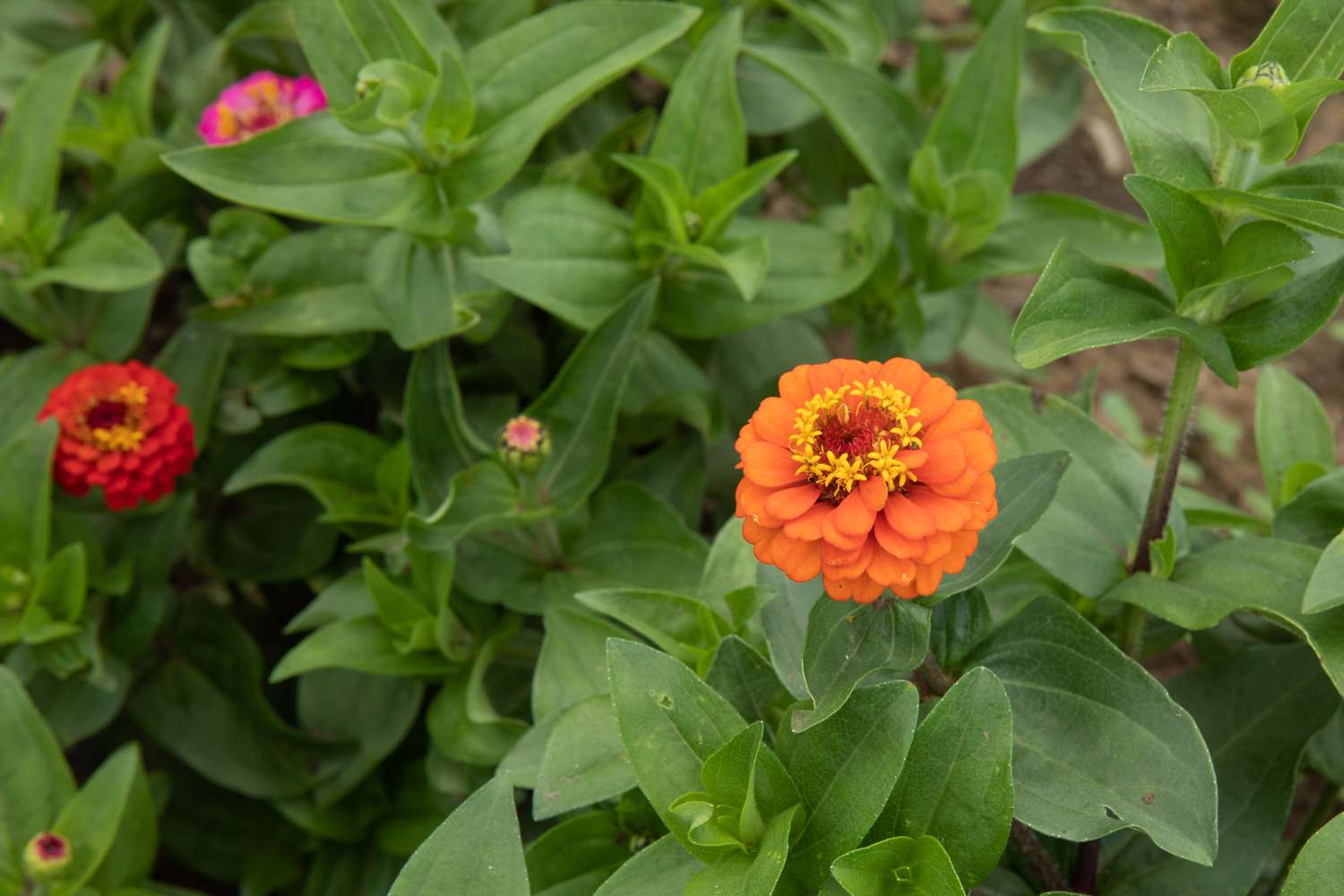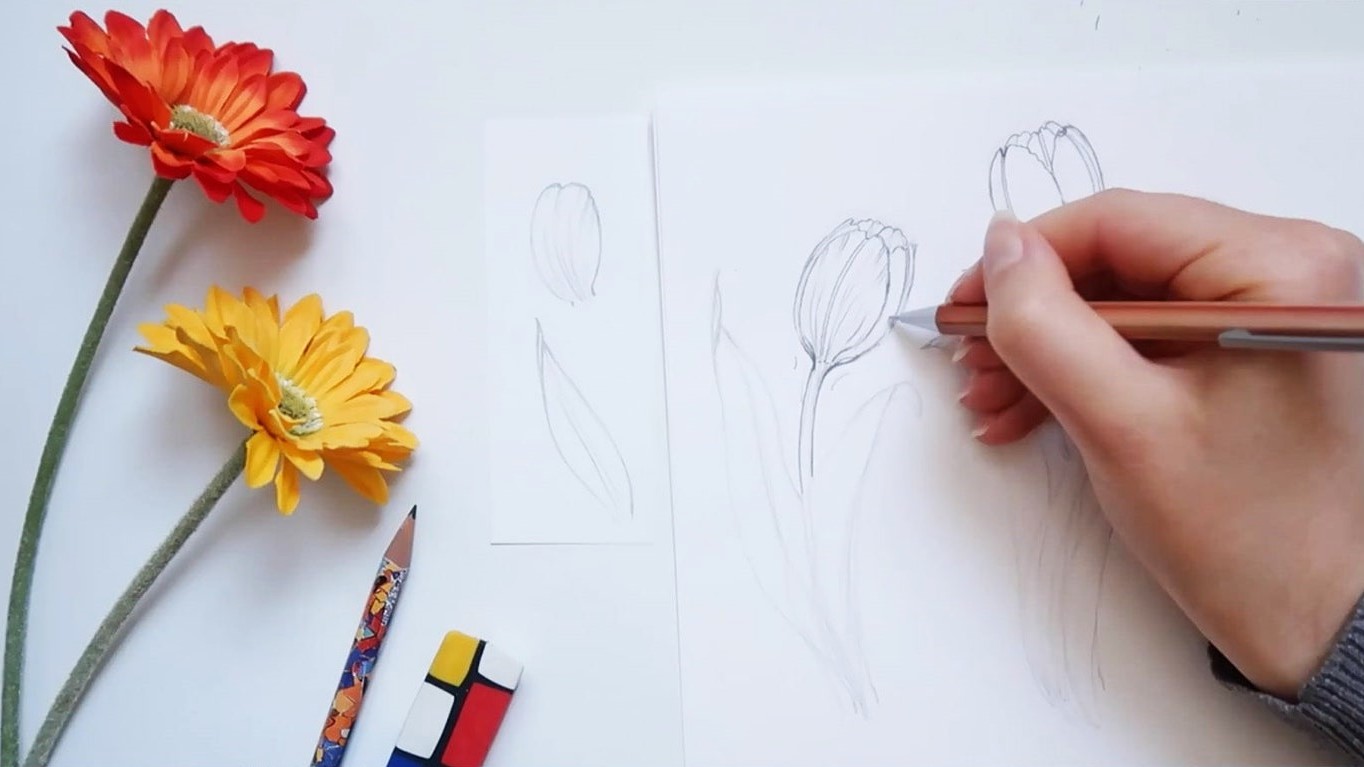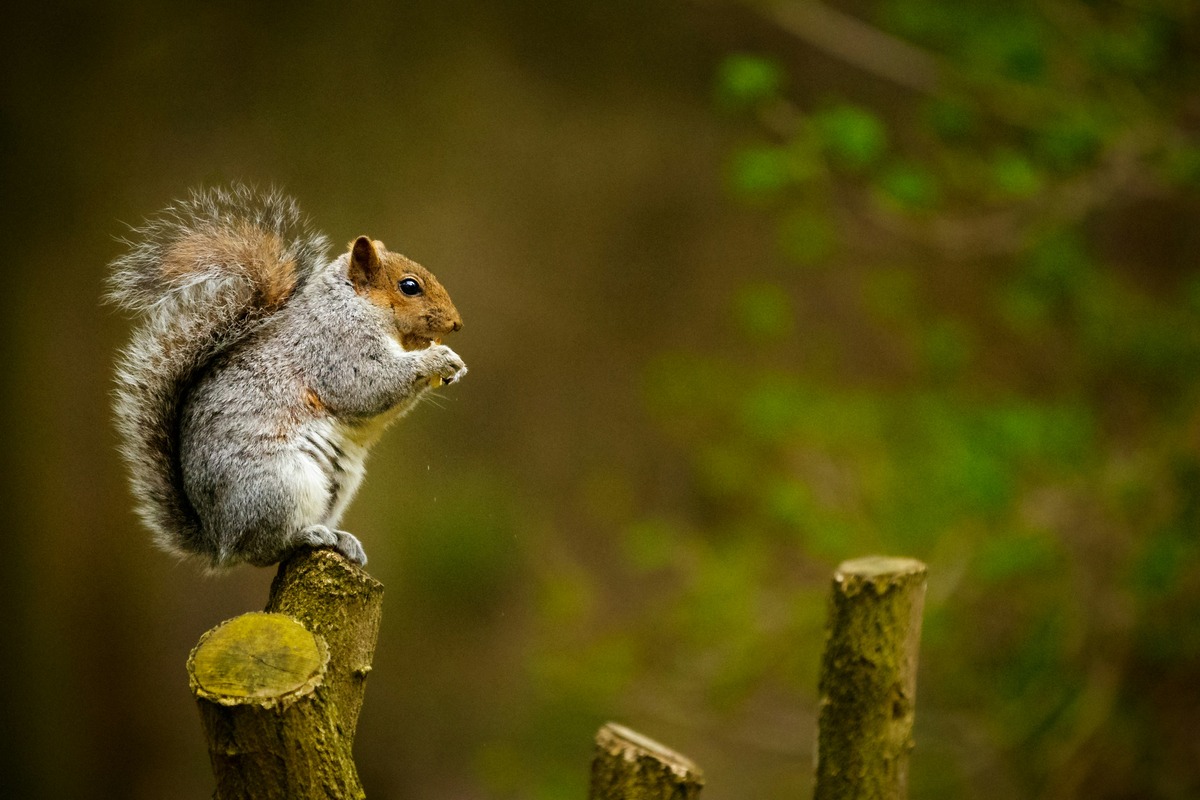Home>Home and Garden>Flowers That Begin With The Letter ‘Z’


Home and Garden
Flowers That Begin With The Letter ‘Z’
Published: February 18, 2024
Discover a variety of beautiful flowers that start with the letter 'Z' for your home and garden. Explore unique options to enhance your outdoor space.
(Many of the links in this article redirect to a specific reviewed product. Your purchase of these products through affiliate links helps to generate commission for Noodls.com, at no extra cost. Learn more)
Table of Contents
Zinnia
Zinnias are vibrant and cheerful annual flowers that are popular among gardeners for their stunning colors and easy maintenance. These colorful blooms are native to the Southwestern United States, Central America, and South America. With their diverse range of hues, including red, orange, yellow, pink, and purple, zinnias add a burst of color to any garden or floral arrangement.
Read more: Animals That Begin With The Letter Q
Characteristics and Cultivation
Zinnias belong to the Asteraceae family and are known for their solitary long-stemmed flowers. These flowers come in various shapes, including single, semi-double, and double blooms, providing a wide array of options for gardeners to choose from. Their foliage is typically rough and hairy, adding an interesting texture to the garden landscape.
Cultivating zinnias is relatively straightforward, making them an excellent choice for both novice and experienced gardeners. These hardy plants thrive in full sunlight and well-drained soil, requiring minimal water once established. They are also relatively pest-resistant, making them a low-maintenance addition to any garden.
Symbolism and Uses
Zinnias are not only admired for their beauty but also hold symbolic meanings. These flowers are often associated with thoughts of endurance, constancy, and lasting affection, making them a popular choice for gift bouquets and floral arrangements.
In addition to their ornamental value, zinnias also serve a practical purpose in the garden. Their nectar-rich blooms attract pollinators such as butterflies and bees, contributing to the overall health of the garden ecosystem.
Varieties
Zinnias come in a wide range of varieties, each with its own unique characteristics. Some popular cultivars include the 'Zahara' series, known for its disease resistance and compact growth habit, and the 'Profusion' series, which offers an abundance of small, vibrant flowers.
Fun Facts
- The name "zinnia" is derived from the German botanist Johann Gottfried Zinn.
- Zinnias are not only beautiful but also edible, with their petals adding a pop of color to salads and desserts.
- These flowers have a long vase life, making them a popular choice for cut flower arrangements.
Incorporating zinnias into a garden not only adds a splash of color but also attracts beneficial pollinators, making them a delightful and practical choice for any home garden. Whether planted in beds, borders, or containers, these vibrant blooms are sure to brighten up any outdoor space.
Read more: Colors That Begin With The Letter M
Zephyranthes
Zephyranthes, commonly known as rain lilies, are enchanting perennial flowers that captivate with their delicate, trumpet-shaped blooms and graceful foliage. These charming flowers belong to the Amaryllidaceae family and are native to the Americas, particularly the southern United States, Mexico, and South America. The name "Zephyranthes" is derived from Greek words, with "Zephyrus" meaning the west wind and "anthos" signifying flower, reflecting the ethereal beauty and ephemeral nature of these blossoms.
Read more: Animals That Begin With The Letter Q
Characteristics and Cultivation
Rain lilies are renowned for their resilience and adaptability, thriving in a variety of climates and soil conditions. These petite flowers typically bloom after a refreshing rain shower, adding a touch of magic to the garden landscape. Their slender, grass-like foliage provides an elegant backdrop for the star-like flowers, which come in an array of colors, including white, pink, yellow, and lavender.
Cultivating Zephyranthes is relatively straightforward, making them a delightful addition to gardens and landscapes. These hardy perennials prefer well-drained soil and a sunny to partially shaded location. Once established, they require minimal maintenance, making them an excellent choice for busy gardeners. Their ability to naturalize and form charming clusters further adds to their appeal, creating a picturesque scene reminiscent of a fairytale garden.
Symbolism and Uses
In addition to their ornamental value, rain lilies hold symbolic significance in various cultures. These flowers are often associated with purity, renewal, and rejuvenation, reflecting their propensity to bloom after a rejuvenating rainfall. Their fleeting yet breathtaking appearance serves as a reminder of the transient beauty found in nature, inspiring awe and appreciation.
Rain lilies are not only admired for their visual allure but also contribute to the ecological balance of the garden. Their nectar-rich blooms attract pollinators, such as bees and butterflies, enhancing the biodiversity of the surrounding area. Furthermore, their low-maintenance nature and ability to thrive in diverse conditions make them a valuable addition to sustainable and wildlife-friendly landscapes.
Varieties
Zephyranthes encompasses several captivating species and cultivars, each with its own unique charm. From the delicate Zephyranthes candida with its pristine white flowers to the vibrant Zephyranthes 'Labuffarosea' boasting rich pink blooms, there is a diverse array of options to suit every garden aesthetic. Whether planted in borders, rock gardens, or containers, these enchanting flowers infuse any space with a touch of elegance and whimsy.
Fun Facts
- Rain lilies are known for their rapid growth and may bloom within days of a significant rainfall, creating a breathtaking display of floral abundance.
- These resilient flowers have been used in traditional medicine for their purported healing properties, adding to their cultural significance.
- Zephyranthes are often featured in poetry and literature, celebrated for their ephemeral beauty and ethereal charm.
Zephyranthes, with their ethereal beauty and enchanting presence, offer a captivating addition to any garden or landscape. Their ability to thrive in diverse conditions, coupled with their symbolic significance and ecological contributions, makes them a cherished and valuable component of the natural world.
Zantedeschia
Zantedeschia, commonly known as calla lilies, are exquisite flowering plants celebrated for their elegant, trumpet-shaped blooms and lush, arrowhead-shaped foliage. These captivating flowers belong to the Araceae family and are native to southern Africa, particularly in regions with moist, marshy conditions. The name "Zantedeschia" pays homage to the Italian botanist Giovanni Zantedeschi, who made significant contributions to the study of botany and plant taxonomy.
Read more: Animals That Begin With The Letter Q
Characteristics and Cultivation
Calla lilies are renowned for their striking appearance and versatile nature, making them a popular choice for both indoor and outdoor cultivation. These perennial plants produce showy, funnel-shaped flowers that come in an array of colors, including pristine white, vibrant yellow, and deep shades of pink and purple. Their glossy, dark green leaves provide a dramatic contrast to the exquisite blooms, adding to their allure.
Cultivating Zantedeschia requires attention to specific growing conditions to ensure optimal growth and flowering. These plants thrive in moist, well-drained soil and prefer partial shade to full sunlight, making them well-suited for gardens, borders, and containers. Adequate watering and regular fertilization contribute to healthy growth and prolific blooming, allowing gardeners to enjoy the beauty of calla lilies throughout the growing season.
Symbolism and Uses
Calla lilies hold symbolic significance in various cultures and are often associated with purity, rebirth, and admiration. These flowers have been featured in art, literature, and religious ceremonies, symbolizing beauty, grace, and the cycle of life. Their timeless elegance and ethereal charm have made them a popular choice for bridal bouquets, wedding decor, and floral arrangements, adding a touch of sophistication and symbolism to special occasions.
In addition to their ornamental value, calla lilies have also been cultivated for their practical uses. Their long-lasting blooms make them a favored choice for cut flower arrangements, providing a touch of elegance to floral displays and interior decor. Furthermore, some species of Zantedeschia are grown for their edible rhizomes, which are utilized in culinary applications, adding a unique and flavorful element to various dishes.
Varieties
Zantedeschia encompasses a diverse range of cultivars, each with its own unique characteristics and visual appeal. From the classic Zantedeschia aethiopica, known for its pristine white blooms and vigorous growth, to the vibrant Zantedeschia 'Picasso' with its striking bi-colored flowers, there is a wide selection of varieties to suit different garden aesthetics and preferences. Whether used as focal points in garden beds or as statement pieces in floral arrangements, calla lilies offer a captivating display of beauty and elegance.
Fun Facts
- Calla lilies are not true lilies but are often referred to as such due to their lily-like appearance.
- In addition to their ornamental and culinary uses, calla lilies have been utilized in traditional medicine for their purported healing properties.
- These flowers have inspired artists and designers, serving as a muse for various creative expressions and decorative motifs.
Zantedeschia, with its timeless elegance and versatile nature, continues to captivate gardeners and enthusiasts with its exquisite blooms and symbolic significance. Whether adorning gardens, events, or artistic creations, these enchanting flowers remain a cherished and enduring presence in the world of horticulture and aesthetics.
Zelkova
Zelkova, also known as the Japanese Zelkova or Sawleaf Zelkova, is a majestic deciduous tree that belongs to the Ulmaceae family. Originating from Eastern Asia, particularly Japan, China, and Korea, the Zelkova tree has garnered admiration for its graceful form, vibrant foliage, and remarkable adaptability. Its name, derived from the Georgian word "zelkova," reflects the tree's robust and resilient nature, making it a cherished addition to diverse landscapes and urban environments.
Read more: Animals That Begin With The Letter Q
Characteristics and Cultivation
The Zelkova tree is celebrated for its striking appearance and exceptional ornamental value. With its broad, spreading canopy and distinctive, serrated leaves, this tree exudes a sense of grandeur and elegance. The leaves, which turn vibrant shades of red, orange, and yellow in the fall, create a breathtaking display of autumnal beauty, making the Zelkova a sought-after choice for landscaping and urban forestry.
Cultivating Zelkova trees is relatively straightforward, as they are adaptable to various soil types and environmental conditions. These hardy trees thrive in well-drained soil and prefer full sunlight, although they can tolerate partial shade. Their tolerance to urban pollution and resistance to pests and diseases make them an ideal choice for urban planting, providing shade, beauty, and ecological benefits in city settings.
Symbolism and Uses
In addition to their aesthetic appeal, Zelkova trees hold symbolic significance in different cultures. Revered for their longevity and resilience, these trees are often associated with strength, endurance, and wisdom. Their presence in parks, gardens, and urban landscapes symbolizes stability and the enduring beauty of nature, fostering a sense of tranquility and connection with the natural world.
Zelkova trees also serve practical purposes, contributing to the ecological balance and well-being of urban environments. Their expansive canopies provide shade and cooling effects, mitigating the urban heat island effect and enhancing the comfort of outdoor spaces. Furthermore, their nectar-rich flowers attract pollinators, supporting biodiversity and ecological resilience in urban settings.
Varieties
The Zelkova genus encompasses several species and cultivars, each with its own unique characteristics and visual appeal. From the classic Zelkova serrata, known for its graceful form and vibrant autumn foliage, to the compact Zelkova schmidtii, suitable for smaller landscapes and urban plantings, there is a diverse array of options to suit different design preferences and environmental conditions. Whether planted as specimen trees, avenue plantings, or urban groves, Zelkova trees offer a captivating display of beauty and resilience.
Fun Facts
- Zelkova trees have been revered in Japanese culture for centuries, often featured in traditional gardens and landscapes, symbolizing strength and harmony.
- The wood of Zelkova trees has been historically used in woodworking and furniture making, prized for its durability and attractive grain patterns.
- These majestic trees have inspired artists, poets, and nature enthusiasts, serving as a muse for creative expressions and contemplation of the natural world.
The Zelkova tree, with its enduring beauty, ecological contributions, and cultural significance, continues to enchant and inspire individuals across the globe. Whether gracing urban avenues, parklands, or private gardens, these majestic trees stand as a testament to resilience, elegance, and the enduring allure of nature.
Zizia
Zizia, also known as golden Alexanders, is a charming and versatile perennial plant that adds a touch of natural elegance to gardens and natural landscapes. Belonging to the Apiaceae family, Zizia is native to North America, where it thrives in various habitats, including woodlands, meadows, and prairies. The name "golden Alexanders" is derived from the plant's golden-yellow umbel flowers and its resemblance to the ancient Macedonian king's headdress, the diadem of Alexander the Great.
Read more: Animals That Begin With The Letter Q
Characteristics and Cultivation
Golden Alexanders are celebrated for their graceful appearance and ecological value. These plants feature delicate, umbrella-like clusters of bright yellow flowers that bloom in late spring to early summer, attracting an array of pollinators, including bees and butterflies. Their lush, green foliage provides a beautiful backdrop for the cheerful blooms, creating a picturesque scene in naturalistic plantings and garden borders.
Cultivating Zizia is relatively straightforward, making it an excellent choice for both formal gardens and naturalistic landscapes. These hardy perennials thrive in moist, well-drained soil and prefer partial to full sunlight, although they can tolerate some shade. Their low-maintenance nature and adaptability to various soil types make them a valuable addition to sustainable and wildlife-friendly landscapes, contributing to the overall biodiversity and ecological balance of the area.
Symbolism and Ecological Contributions
In addition to their ornamental value, Zizia holds symbolic significance in the realm of ecological conservation. As a native plant, it plays a vital role in supporting local ecosystems and wildlife. The nectar-rich flowers attract pollinators, contributing to the health and resilience of the surrounding flora and fauna. Furthermore, Zizia serves as a host plant for various butterfly species, providing essential habitat and food sources for these delicate insects.
Varieties
Zizia encompasses several species, each with its own unique charm and ecological contributions. From the classic Zizia aurea, known for its vibrant yellow flowers and graceful foliage, to the compact Zizia aptera, suitable for smaller garden spaces and naturalistic plantings, there is a diverse array of options to suit different design preferences and environmental conditions. Whether incorporated into native plant gardens, meadow restorations, or rain gardens, Zizia offers a captivating display of beauty and ecological resilience.
Fun Facts
- Golden Alexanders have been historically utilized for their medicinal properties, with Native American tribes using various parts of the plant for herbal remedies.
- These resilient plants have been featured in restoration projects, contributing to the revitalization of native plant communities and the preservation of biodiversity.
- Zizia has inspired nature enthusiasts and conservationists, serving as a symbol of the intrinsic value of native flora and the importance of preserving natural habitats.
Incorporating Zizia into gardens and natural landscapes not only adds a touch of natural elegance but also contributes to the ecological balance and resilience of local ecosystems. Whether planted for their ornamental beauty, ecological contributions, or cultural significance, Zizia remains a cherished and valuable component of the natural world.










